Do you want to know How To Prevent Paneer From Becoming Rubbery?. Here, we will delve into the details of this topic. So read it till the end, & your every doubt regarding this will be clarified.
How To Prevent Paneer From Becoming Rubbery?
Following are the ways to prevent paneer before turning it like rubber.
1. Choose Right Paneer
The first step to avoiding rubbery paneer is to choose the right variety of it. Freshly-made paneer is your best option, as it is softer and more delicate than store-bought paneer, which may be more processed or stale.
When choosing paneer from the store, choose varieties labelled “fresh” or “homemade” for the best texture.
2. Cut Paneer into Large Cubes
The texture of the paneer can be affected by the size of its cubes. Small, thin pieces of paneer tend to become rubbery when cooked, as they have more surface area exposed to the heat.
When preparing dishes like paneer tikka or curries, opt for larger cubes or pieces. These larger pieces will retain their moisture better during cooking and stay soft.
3. Don’t Overcook Paneer
The biggest reason for paneer becoming rubbery is overcooking it. It is already cooked when you buy (or make) it, and it doesn’t take long to cook it. Overcooking paneer, especially in high-heat dishes like curries, can make it rubbery and tough.
For dishes like paneer butter masala or kadhai paneer, add the paneer to the curry sauce in the final stages of cooking, just enough to heat it through. Avoid boiling it for long periods.
If you are making grilled or fried paneer, cook it for a short time on each side – just enough to not overcook the inside and get a crispy outer layer. If you want to marinate paneer for grilling, do not marinate it for more than 30 minutes to ensure that it does not lose its moisture during cooking and become rubbery.
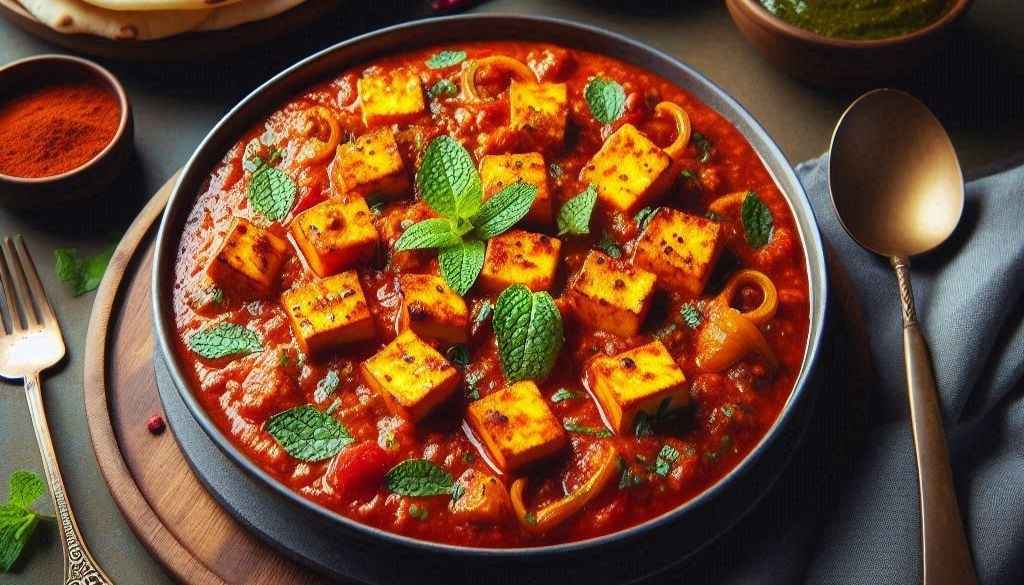
4. Use Paneer For Low-Heat Cooking
Paneer can turn rubbery on high heat, so it is best to cook it on low or medium heat. High heat can cause the proteins in the paneer to shrink, making it tough and difficult to chew.
Whether you are frying it, roasting it or simmering it in a curry, keep the flame medium so that paneer retains its soft and smooth texture.
When making curries, let the sauce simmer for a while and then add paneer slowly at the end, so that it heats through without cooking for a long time. This ensures that the paneer stays soft and does not harden from the heat.
5. Avoid Freezing Paneer
Freezing paneer is generally not recommended if you want to retain its soft texture. Freezing increases the amount of water present in the paneer, which can result in a rubbery texture when thawed and cooked.
The freezing process can also cause paneer to lose its moisture, making it dry and more likely to become rubbery.
If you must freeze paneer, make sure it is stored properly in an airtight container or plastic wrap to prevent freezer burn. When you thaw frozen paneer, soak it in warm water to regain the lost moisture before cooking.
6. Use The Right Cooking Oil or Ghee
The type of oil or fat used to cook paneer can also affect its texture. Use ghee or light vegetable oil when frying or roasting paneer, as these fats help retain moisture in the paneer.
Avoid using oils with a strong flavour or low smoking point, as these can affect the flavour and texture of paneer.
Ghee, in particular, imparts a rich flavour and prevents paneer from becoming dry or hard. It also gives paneer a silky finish when cooked.
7. Do not Use Too Much Salt in the Cooking Process
Salt can draw out moisture from paneer, making its texture dry and rubbery. When cooking with paneer, it is best to add salt towards the end of the cooking process, when paneer is added to the dish.
Adding salt too early, especially when marinating paneer, can cause it to lose moisture, making it tough during cooking.
If you are making a curry or any other dish that requires slow cooking, add salt just before serving or while heating the dish. This helps maintain the soft, moist texture of paneer and also enhances the flavour.
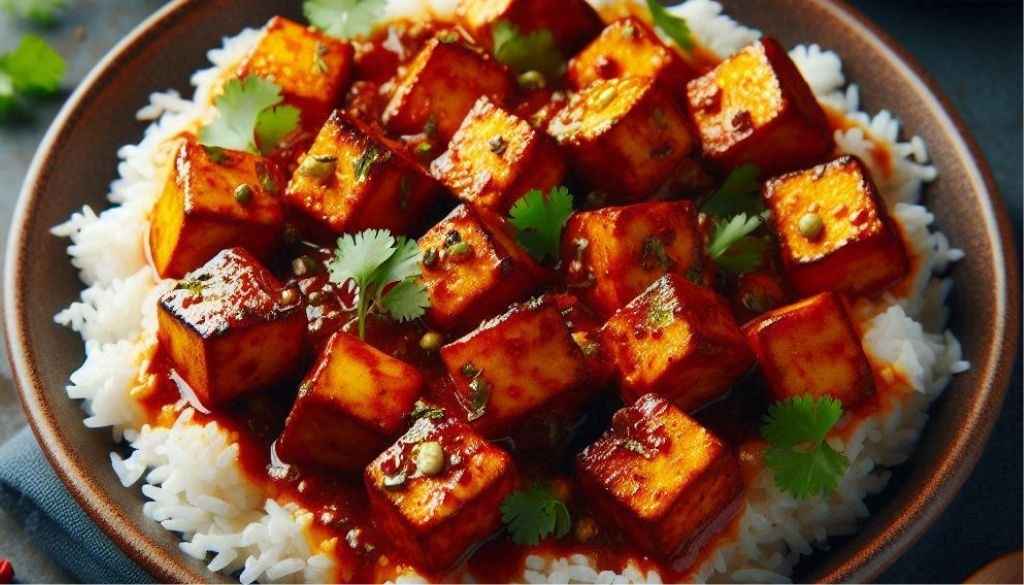
8. Understand Different Cooking Techniques
Different cooking techniques can affect the texture of paneer. Whether you are frying paneer, grilling it or adding it to a curry, each method requires special attention to prevent paneer from becoming rubbery.
- Frying paneer: When frying paneer, make sure the oil is hot enough before adding the cubes. If the oil is too cold, the paneer will absorb the oil, making it soggy in texture. If the oil is too hot, the paneer will cook too quickly on the outside while remaining raw on the inside, which can make it tough. Fry briefly until golden and crispy, then remove from heat.
- Grilling paneer: Grilling paneer is another popular method that requires caution. Marinate paneer in a yogurt or spice marinade before grilling to keep it soft. Make sure the grill is preheated to medium-high heat and grill the paneer for a few minutes on each side, flipping carefully to avoid burning or overcooking it.
- Boil paneer in curry: When cooking paneer in curry, add it toward the end of the cooking process. Boil the curry sauce briefly to soften the paneer. Allow the mixture to simmer for about 40 minutes to develop the flavours, then gently add the paneer pieces and allow them to absorb the richness of the sauce for a few minutes. Overcooking paneer in a curry can cause it to break down and become rubbery.
9. Keep Paneer Covered
When storing paneer, especially if it is homemade, make sure it is kept covered in an airtight container or wrapped in a cloth. Exposure to air can dry out paneer, making it more hard and rubbery when cooked.
If you are storing paneer in the fridge, cover it with a damp cloth or keep it in a sealed container with a little water to retain moisture.
10. Adding Paneer To Baked Dishes
When using paneer in baked dishes, such as paneer casseroles, pasta bakes or stuffed pieces of bread, it is important to ensure that the dish is not overbaked to prevent it from becoming rubbery. Baking can sometimes draw out the moisture from paneer, making it hard and difficult to chew.
To avoid this, lightly cook the paneer before adding it to the baking dish. You can fry the cubes in a little oil or ghee until golden, then add them to the dish.
Also, try covering the baking dish with foil during the initial stages of baking to retain moisture. This will ensure that the paneer stays soft and absorbs the flavours of the dish without drying out.
11. Choose The Right Cooking Utensils
The kind of cookware you use can also affect the texture of paneer. Non-stick pans or cast-iron skillets are good choices for frying or roasting paneer as they allow heat to be distributed evenly, preventing the paneer from sticking and becoming too crispy or rubbery.
Avoid using old, scratched metal pans, as this can lead to uneven heating and increase the risk of paneer being overcooked. The smooth surface of a non-stick pan helps maintain the texture, especially when you fry or roast it quickly.
12. Avoid Adding Paneer To Boiling Water
When making dishes like methi malai paneer or paneer in curry, always ensure that the water or curry sauce is brought to a gentle simmer and not brought to a boil.
Adding paneer to boiling water can cause the protein structure to harden too much, leading to a rubbery texture. After adding paneer, always lower the heat and let it cook for a while, just enough time for it to absorb the flavours of the dish.
Visit: FoodifyBlog.com
How To Prevent Paneer From Becoming Rubbery Summary
- Choose Right Paneer
- Cut Paneer into Large Cubes
- Don’t Overcook Paneer
- Use Paneer For Low-Heat Cooking
- Avoid Freezing Paneer
- Use The Right Cooking Oil or Ghee
- Do not Use Too Much Salt in the Cooking Process
- Understand Different Cooking Techniques
- Keep Paneer Covered
- Adding Paneer To Baked Dishes
- Choose The Right Cooking Utensils
- Avoid Adding Paneer To Boiling Water
Conclusion: How To Prevent Paneer From Becoming Rubbery?
So, in this blog post, we have discussed “How To Prevent Paneer From Becoming Rubbery?”. I hope you’ ha’ve learnt something new from it and understood all the techniques or ways to do this. If you liked this post, share it on any of the social media handles.
FAQs: How To Prevent Paneer From Becoming Rubbery?
-
Why does paneer become chewy after cooking?
Paneer can become hard to chew if cooked on high heat or for too long. High heat denatures the proteins in the paneer, making it hard. For best results, cook paneer on medium heat and avoid cooking it for too long, especially if it is already part of a dish.
-
How to stop paneer from crumbling?
Use full-fat paneer, as it holds its shape better. If making paneer at home, press it gently—over-pressing can make it dry and crumbly. Soaking paneer in warm water before cooking also helps it stay intact.
-
How do you keep paneer soft for a long time?
To keep paneer soft for a long time, store it in water in an airtight container in the refrigerator. Change the water every 1-2 days to keep it fresh and soft. If you are using it in a dish, add paneer at the end of cooking and soak it in warm water for a few minutes before serving to restore its softness.

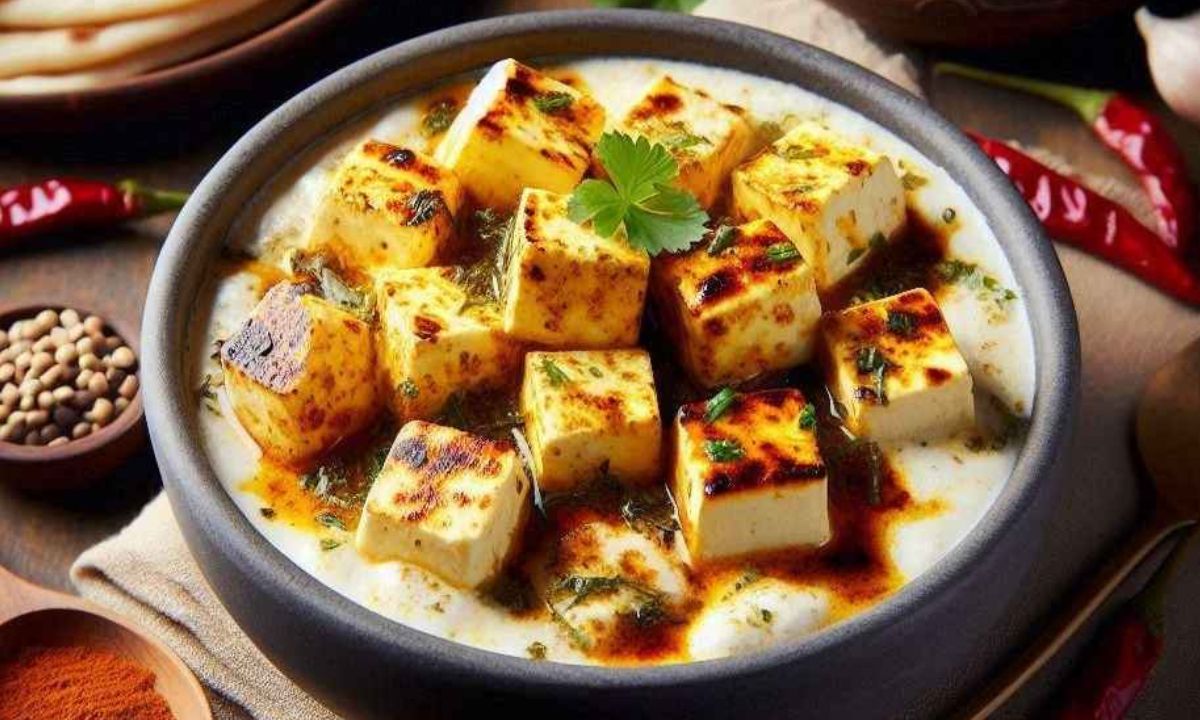
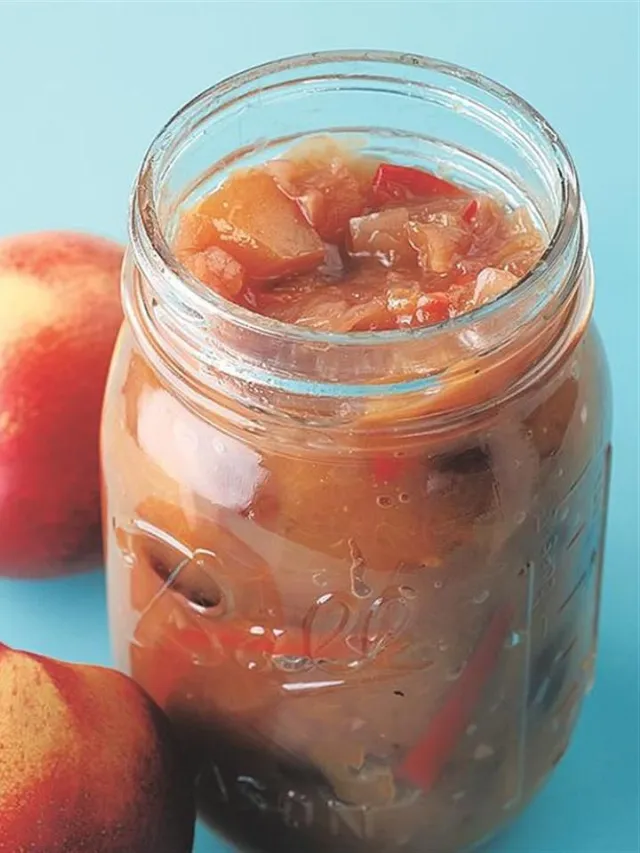
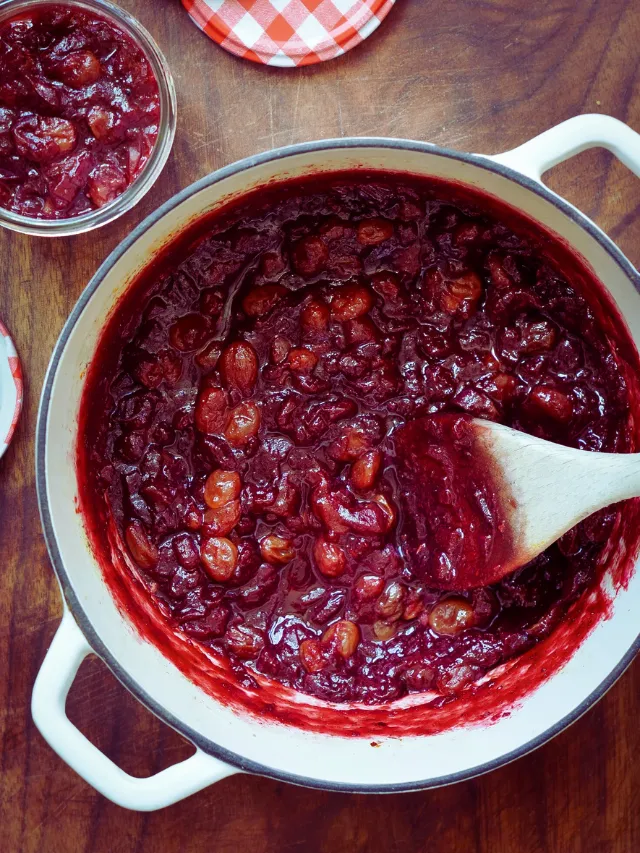
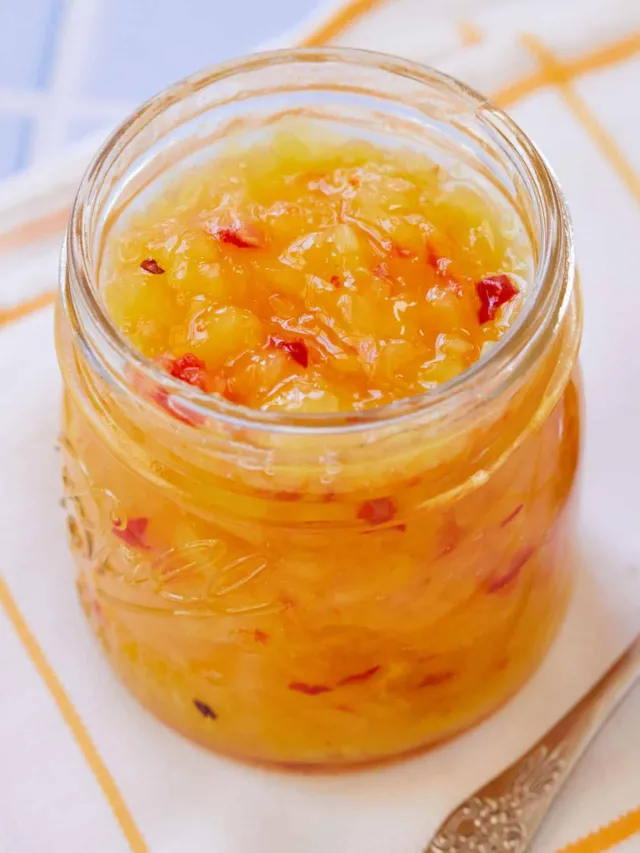
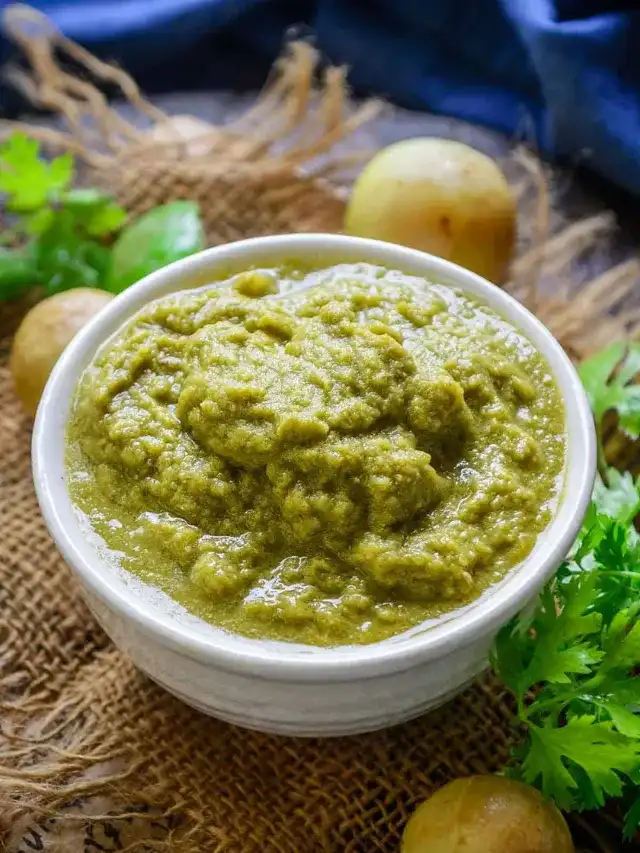

4 thoughts on “How To Prevent Paneer From Becoming Rubbery?”